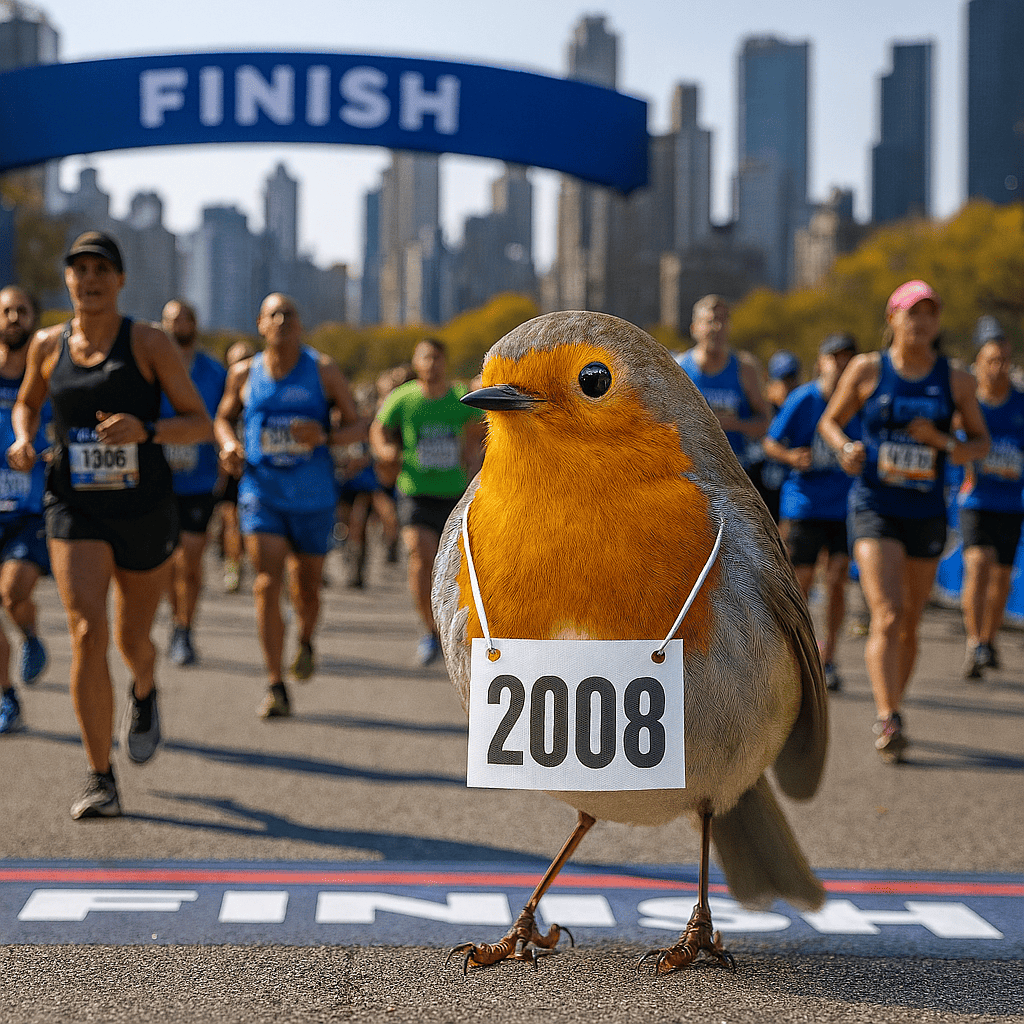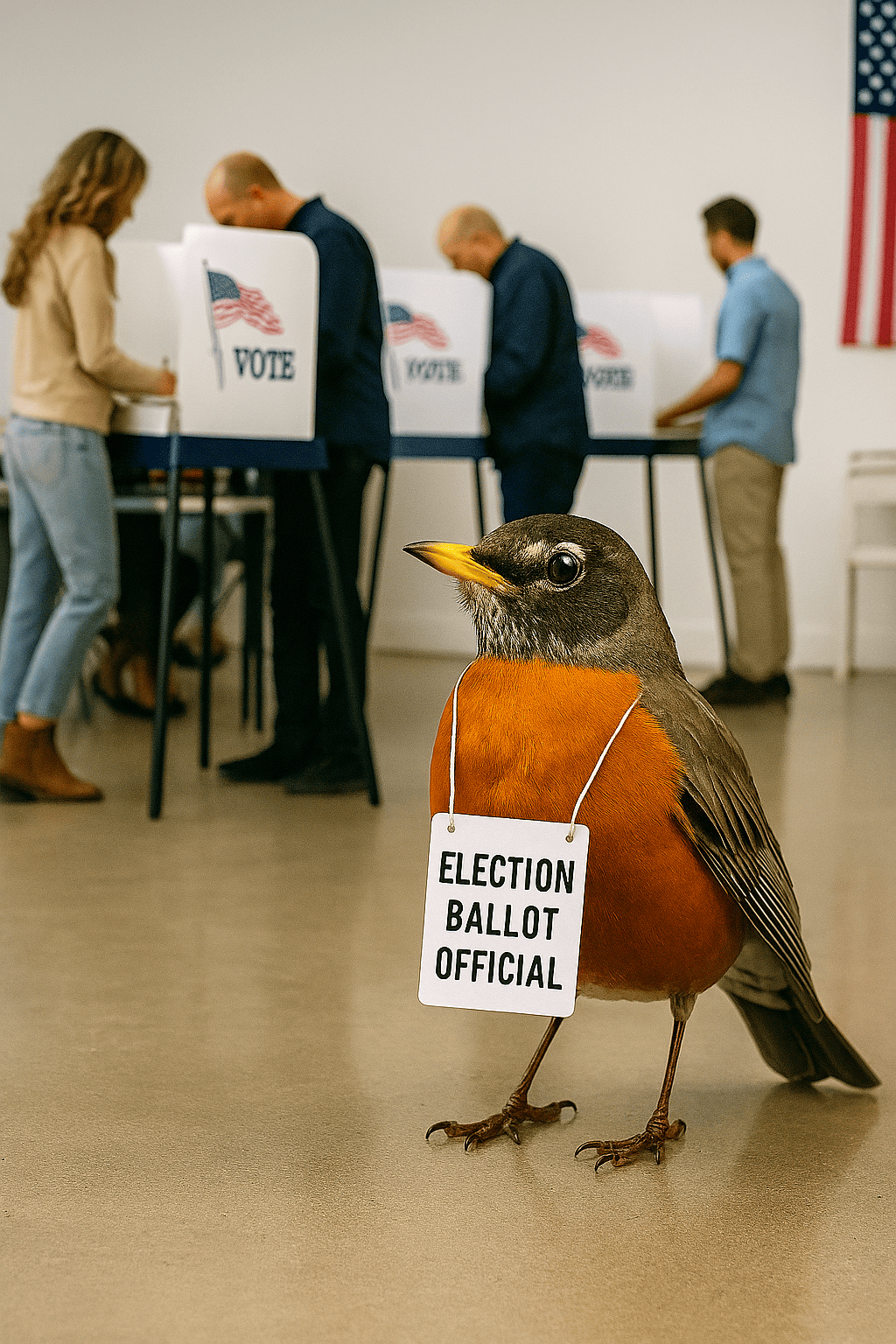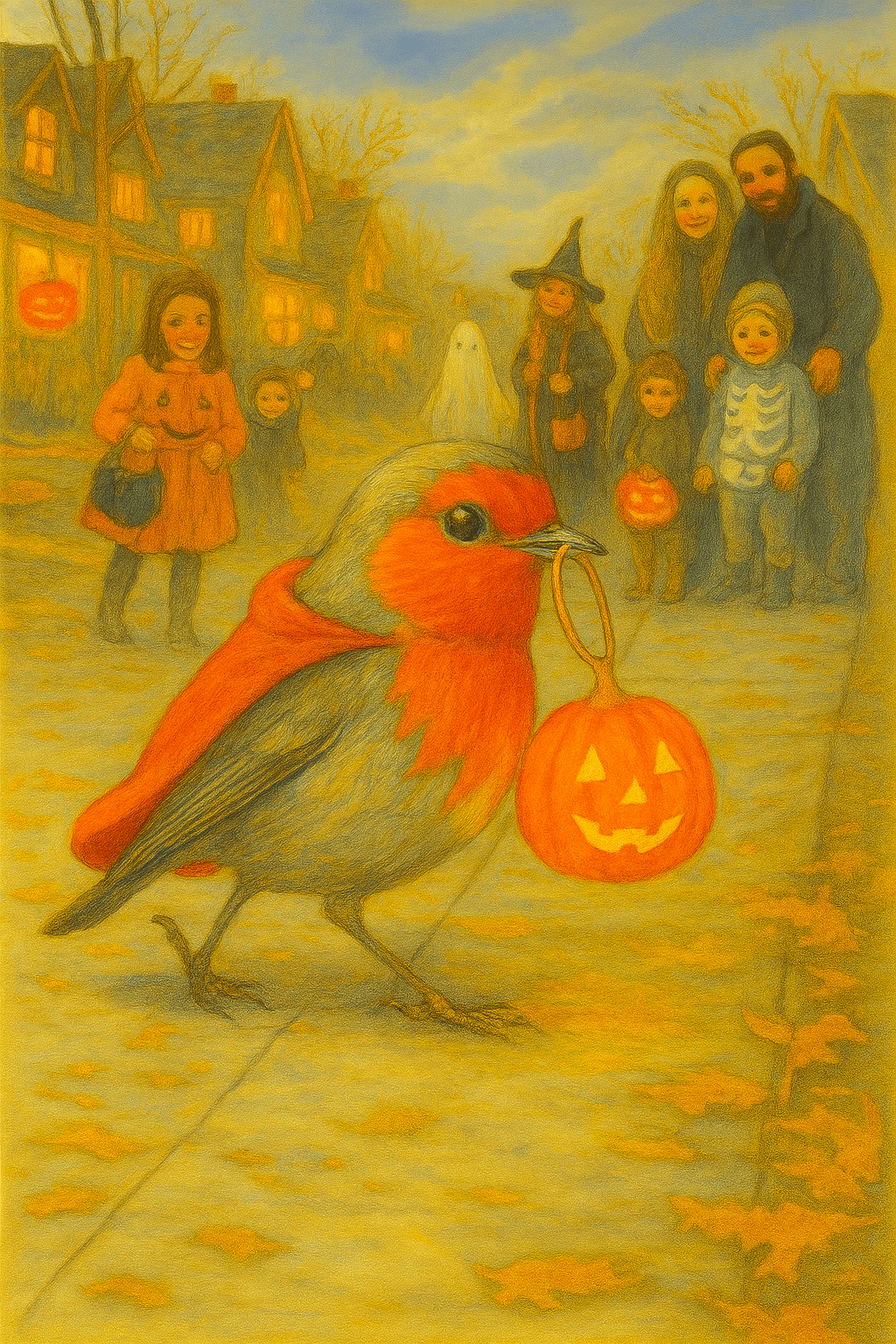Running Through the Heart of New York: Feel the Spirit of the NYC Marathon
The NYC Marathon began humbly in 1970, founded by Fred Lebow and Vince Chiappetta. That first race looped around Central Park, drawing just 127 runners; only 55 finished. There were no cheering crowds, no borough-spanning routes, just grit, sneakers, and a dream. Lebow, a Romanian-born runner and visionary, believed in the power of running to unite people. His legacy lives on in every footstep across the five boroughs.

RobinsPost started in 2008. Been a marathon ever since. We enjoy it!
This year’s marathon, held on Sunday, November 2, 2025, promises to be historic. With over 55,000 runners and nearly one million spectators, it’s the largest marathon in the world. Athletes like Abdi Nageeye of the Netherlands and Sheila Chepkirui of Kenya return to defend their titles, while wheelchair champions Susannah Scaroni and Daniel Romanchuk inspire with their speed and strength.
The course begins in Staten Island, crosses the Verrazzano-Narrows Bridge, and winds through Brooklyn, Queens, the Bronx, and Manhattan, finishing in Central Park, a symbolic full-circle moment.
- Long runs: Build endurance with weekly long-distance runs.
- Speed work: Intervals and tempo runs improve pace.
- Strength training: Core and leg workouts prevent injury.
- Rest days: Recovery is essential for progress.
Nutrition plays a vital role. Runners fuel with complex carbs, lean proteins, and hydration strategies. Pre-race meals often feature pasta or rice to support glycogen loading, a strategy athletes use to boost their body's carbohydrate reserves, which serve as a vital energy source during endurance exercise. After the run, recovery focuses on replenishing electrolytes and repairing muscles to restore strength and balance.
Training for a marathon boosts cardiovascular health, mental resilience, and overall fitness. However, it’s not without risks. Overtraining can lead to stress fractures, dehydration, or burnout. Listening to your body, cross-training, and consulting healthcare professionals are key to safe preparation.
Not everyone can run 26.2 miles, and that’s okay. Movement is for everyone. For those with health limitations or mobility challenges, consider:
- Chair yoga or seated strength routines
- Gentle walks or aquatic therapy
- Stretching and breathing exercises
- Dance or music-based movement
The goal isn’t distance, it’s consistency. Staying active improves mood, circulation, and immunity, especially as we approach the holiday season when routines often shift.
As the marathon winds through New York, it reminds us that movement is a celebration. Whether you’re racing, cheering, or simply walking your dog, you’re part of the rhythm. The NYC Marathon is proof that every step counts and that the finish line is just the beginning.
Stay inspired. Stay moving. And keep the spirit of the marathon alive wherever you are.
References
1New York Marathon 2025 Route, Course Map, Times, Road Closures Event Details. https://bleacherreport.com/articles/25272747-new-york-marathon-2025-route-course-map-times-road-closures-event-details
2New York City Marathon 2025: Street closures, route map and start times. https://sports.yahoo.com/article/york-city-marathon-2025-street-181211789.html
3New York City Marathon 2025: Everything to know about this year's race. https://www.usatoday.com/story/sports/2025/10/31/new-york-city-marathon-2025-what-to-know/86952778007/
























